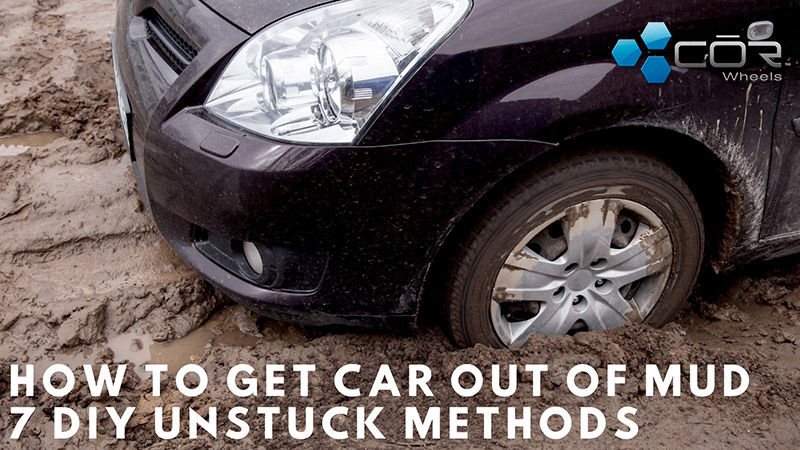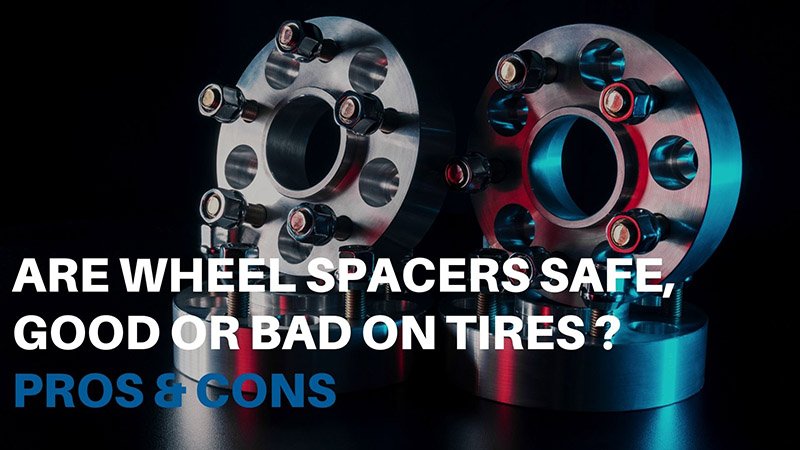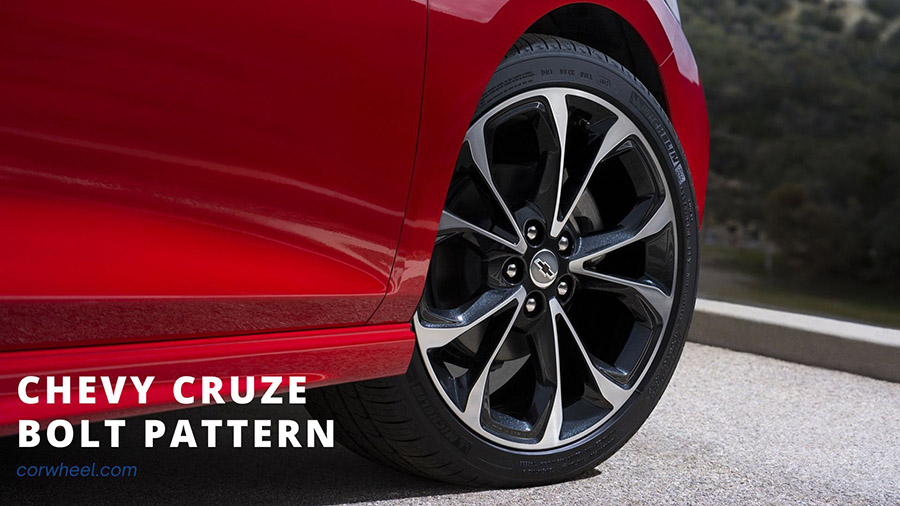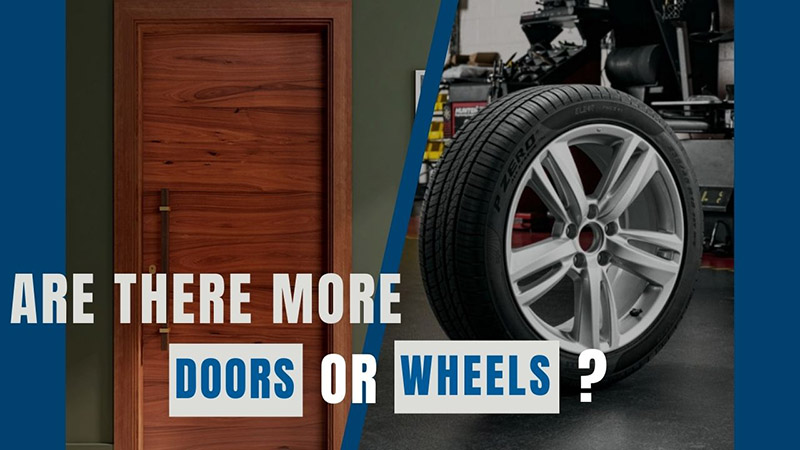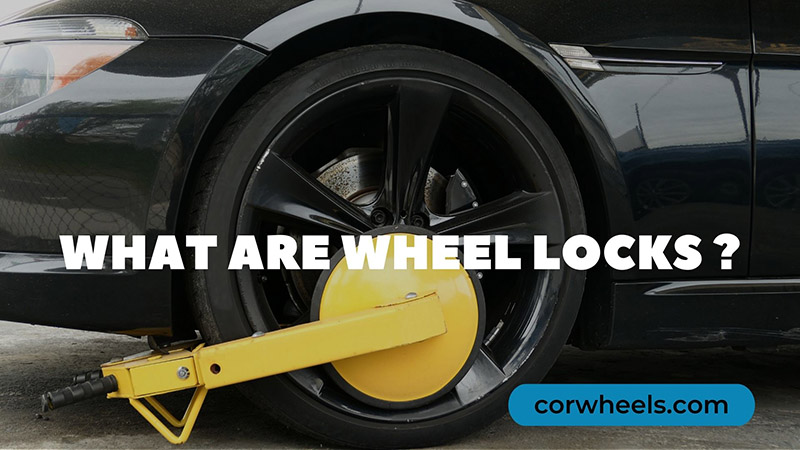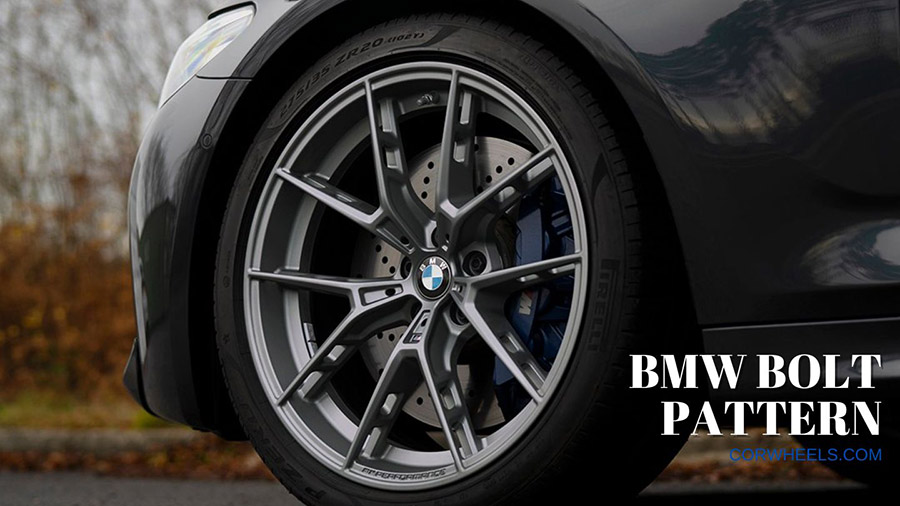The rain messing up the ground creates a nightmare for the driver. Soggy slough grabs and buries your wheels no matter how careful you are.
Sometimes you cannot predict the weather and fall into a natural trap. Stay calm since it is not the end of the world yet. Scroll down to learn how to save a car stuck in the mud.
In this article:
Car Stuck In Mud: Check The Current Situation
What To Do
The first thing to do is stay calm, as the next steps require observation skills and ingenuity. Assess the current situation and perform the following:
Estimate the depth of the mud
Get out of the car and look for a tree branch. Dip it in the mud to test the depth. It would help to move the stick and look for large objects hidden deep in the soil because they can cause damage to your vehicle.
Enable traction control mode
Some modern models automatically activate this feature when the sensor detects extreme conditions. If not, press the button on the control panel to activate it.
Switch to four-wheel drive
Look for the “4H” or “4L” labels and flip them up. Both help increase tire grip, but the second option is handy on bad roads. Note that these settings are already available on all-wheel drive vehicles.
Gear down
Shift the lever to two or three positions to maintain stability. Then lightly press the brake and accelerator to move to higher tracks.
Take back control of the front wheel
Car skids when you can’t keep it from rolling straight or swerving to one side despite turning the steering wheel multiple times. Reduce speed until the front wheel responds well, then steer in the same direction as the front wheel.
What Not To Do
Press the accelerator hard and turn the wheel
These actions do not solve the problem but make it worse. They force the tires to sink deeper into the mud and take a toll on the axles, drivelines, and transmissions.
Stop when you get momentum
Nothing is better than successfully creating traction – the main drive to move the car forward. Keep going until you reach a flat road.
How To Get Your Car Out Of Mud By Yourself
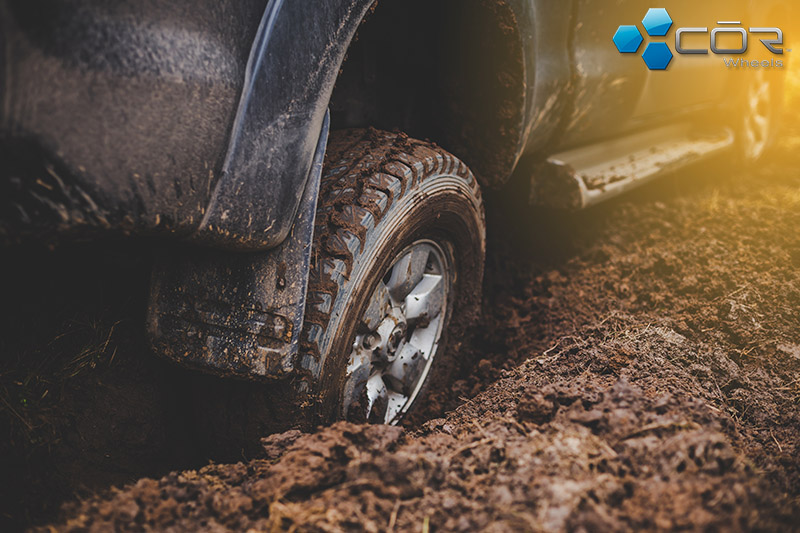
First Preparation
Turn on the warning light
Before trying everything to get your car out of a slough, activate the warning lights. You should notify other road users of your unusual stop and the muddy terrain in the area.
Observe the traffic around
Look in the mirror to see whether any traffic is coming before you get out of the car. If you are caught in a very dangerous situation, calling for help is the only solution. When you’re ready, consider the following methods.
Snatch Method
Consider the two-car jerk method if your hazard lights attract a helping hand. However, there are a few conditions to ensure safety:
- Connected vehicles must feature differential locking and 4×4 traction. Set up a 4×4 tug rope and the right anchor points.
- Say no to chains or ropes.
- Drivers of two cars can communicate with each other.
- Stay away from the strap as the process progresses.
If you can meet these requirements, here is how to get a car unstuck in mud:
- Attach the snatch strap to the anchor point. You should consult the safety manual to determine the correct spot and operation since each model has a different setting.
- Drop the belt onto the ground and place it in front of the stuck car. Back up the rescue vehicle until you can connect it to the belt.
- Continue backing until the slack is only a few meters. Then place the damper in the center of the strap as a precaution if it breaks.
- Countdown from three, and the donor vehicle rushes forward in a straight line (do not use max speed). When the belt pulls, the driver of the stuck car should also accelerate to gain enough momentum.
Rocking Method
If your car can move forward and backwards a little, wiggle it to create momentum. Simply put, you accelerate to move forward, then get into reverse to roll on. Repeat this action a few times until your car gains enough momentum and exits the mud.
Set the second/third gear for manual transmission and the lowest for automatic transmission. Maintain a steady pace throughout and avoid excessive spinning.
Dig Method
As the name implies, you need a shovel and clean up the mud around the tires. The more you scoop out, the better chance to save your car. You can use any available tool or manually to do this.
We must say this could be a one-size-fits-all measure since we always turn to it when going to Savannah to visit our relatives. There were many off-the-beaten tracks on the routes, and the muddy road usually held us back. Just find an edgy rock, and it’s time to get our hands dirty.
Doing so, we can remove some of the moisture, and the tires cling to dry patches of soil. Hence, the likelihood of gaining momentum becomes greater to get out of the mud.
Use Random Objects
Besides momentum, another key to rescuing your vehicle is increased traction. Fortunately, a few random items help satisfy this condition.
For example, a floor mat is handy when it reaches specific locations. Place one below and in front of the front wheel to increase traction. Things get easier if you have a click to lift the tire and slide the mat in.
For rear-drive models, working with the rear wheel is recommended. Feel free to use everything dry and flat, such as cardboard, leaves, wood, etc., as long as they create a dry surface. If you have a small cat litter box, do not hesitate to spread it around the tire for the same result.
Increase Weight
Consider reallocating the load on the vehicle if the above methods fail to work. The general rule is: add extra weight on the drive wheels. In detail, you should put heavy objects in the back seat or trunk for rear-wheel drive vehicles. This increases downforce and moves the car out of the grooves.
How to get a car out of mud front-wheel drive? The same principle applies but changes the position of the passenger seat or footrest. As long as you keep the weight from the bonnet, this method may help.
Deflate Tire
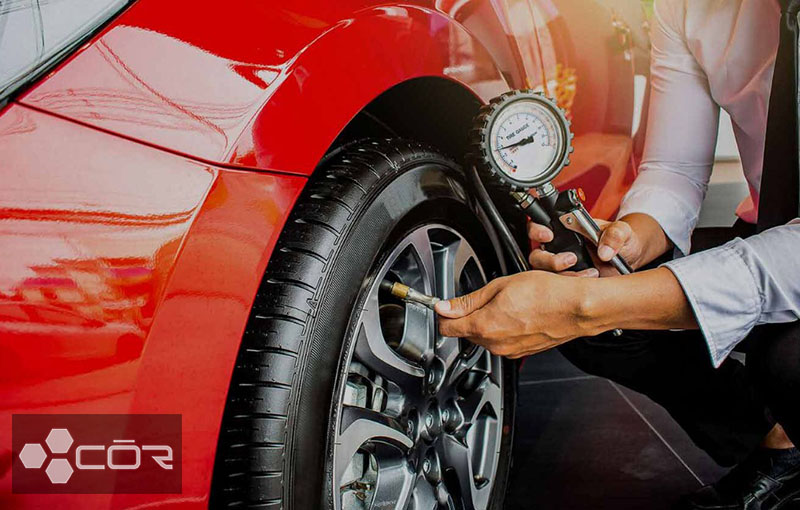
One last DIY measure for you – reduce tire pressure. The science behind is it increases the tread area in contact with the road surface. In return, you get the traction needed to let you out.
As expected, 15 psi is the maximum standard at which air escapes to the outside. Start the process at 7.0 psi and increase it slowly. Set the box to the right level and try a few times.
Of course, you end up with a flat tire after a successful rescue. Ensure you provide the recommended pressure before you restart the vehicle, or you will suffer from another technical fault. Therefore, this measure only makes sense when you bring a compressor or tire pump.
For more: how to let air out of tire?
Call Roadside Assistance
If you are still in terrible situations after pulling out all your efforts, there is no other way to contact the experts and ask for help. It is also better to reach out for towing service when you notice the thick and deep mud in the first place.
This saves you from dying hope and allows for a quick escape. Depending on the conditions, this service may cost you $50 – $250.
After Your Car Is Free
Regardless of which method relieves you, slowly remove excess mud from the tire. It would be best to stop in a safe place to check for damage, especially to the brake lines. Remember to wash your car when you get home for the best assurance.
Precaution Tips For The Future
Plan Your Route Ahead
It would help avoid roads with drainage problems on rainy or snowy days. Precaution is always important when your vehicle’s ground clearance is low.
Do not try to enter streets with more than 5 inches of mud – a red flag. It is best to consult the weather forecast and driving conditions before departure for unfamiliar routes. If you cannot avoid sticky situations, prepare a litter box for emergencies.
Invest In Mud Flaps
This tool collects mud from the road surface, thereby reducing the amount of dirt sticking to the tires. As a result, the chance of getting stuck again is diminished, even though you often struggle to clear it up afterward.
Plus, it would help if you practiced gentle driving to increase efficiency. Limit braking or sudden acceleration to avoid skidding.
Go For The Right Tires And Maintain Recommended Pressure
If you plan to travel on muddy roads, replace your old tires with ones specifically designed for mud or snow. These items feature deep grooves and provide a better grip on wet pavement. Although the noise is louder on good highways, it’s worth the trade-off for a safe ride.
In addition, always maintain the tire pressure as recommended by the manufacturer. You will regret leaving the pressure low when the tires lose grip.
Carry An Emergency Kit
It’s unquestionably an emergency kit on the way to save you from a predicament. Safe things come out on top when driving in locations with all four seasons of the day. It’s up to you to decide for yourself what’s in the box, but we always pack the following when heading to Savannah: snatch straps, forklifts, shovels, rubber mats, and wheel track.
FAQs
What Does Mud Do To Your Car?
Mud reduces the grip of the wheels and makes them difficult to move. Leaving dirt on your car for a long time leaves corrosion and rust on the paintwork, tires, and suspension system.
Will My Car Rust If I Don’t Wash It?
Certainly yes. Over time, dirt and gunk build up, tarnishing the car paint, dehumidifying the outer side, and damaging the vehicle.
How Long Can I Leave My Car Dirty?
About 2 weeks under normal conditions. If you often travel on dirt roads or areas with unfavorable terrain conditions, clean the car as soon as you get home.
How Fast Do Mud Tires Wear Out?
A mud tire generally last for 40,000 miles – shorter than regular items due to its softer rubber compound
Conclusion
This article has just shown you how to get out of the mud with effective remedies. Unfortunately, not all guarantee a high success rate, especially when your car sinks too deep.
If you want to save time and stay safe, call the rescue team and wait for them to rescue you. However, it is best to plan the route before going out to avoid mud traps on the road.
See more: best off road tires

